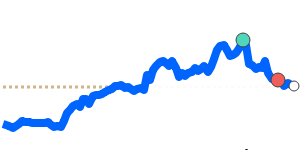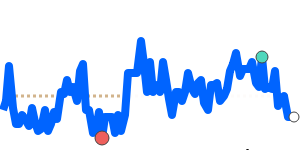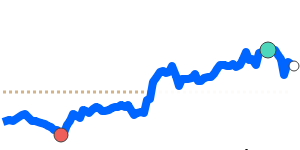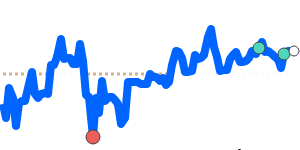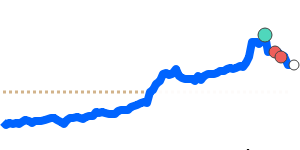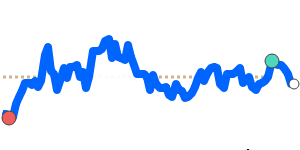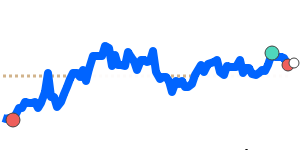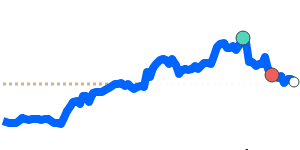In recent weeks, the USD to SEK exchange rate has been influenced by several critical factors impacting both currencies. The US dollar has faced downward pressure as recent consumer price index reports showed inflation falling from 3% to 2.7%. This unexpected drop has increased expectations for aggressive monetary easing by the Federal Reserve, with market participants anticipating potential rate cuts beginning as early as March 2026. Analysts suggest that a dovish Federal Reserve will diminish the USD's yield advantage, contributing to its decline and creating a bearish outlook for the dollar.
In the broader economic context, mixed US data paint a complex picture. While manufacturing indicators suggest a slowdown, the labor market remains surprisingly resilient, tempering the extent of any downside for the USD. However, traders remain cautious, as rising interest in riskier assets like equities has led to a weaker dollar amidst stabilizing geopolitical tensions.
On the other hand, the Swedish krona has been affected by recent actions from the Riksbank, particularly the August decision to reduce the policy rate to 1.75% to bolster economic activity. With projections from the International Monetary Fund indicating moderate growth for Sweden, the SEK's strength may be limited by its own monetary policy adjustments. Notably, the Riksbank has been proactive about managing inflation, keeping rates stable in the face of economic challenges.
Currently, the USD to SEK exchange rate trades at approximately 9.2322, marking a 90-day low and reflecting a decline of about 2.0% below its three-month average. The rate has been relatively stable within a range of 3.9%, from 9.2322 to 9.5885. Expectations of further Fed rate cuts may keep the USD under pressure, while the SEK's performance will largely depend on how the Riksbank navigates its policy in response to domestic economic conditions.
Overall, analysts foresee continued volatility in the USD to SEK exchange rate due to the contrasting monetary policy directions and economic indicators affecting both currencies. Investors should remain vigilant for upcoming data releases and central bank communications that could provide clearer signals on the timing and extent of monetary policy changes, influencing exchange rate movements in the near term.

